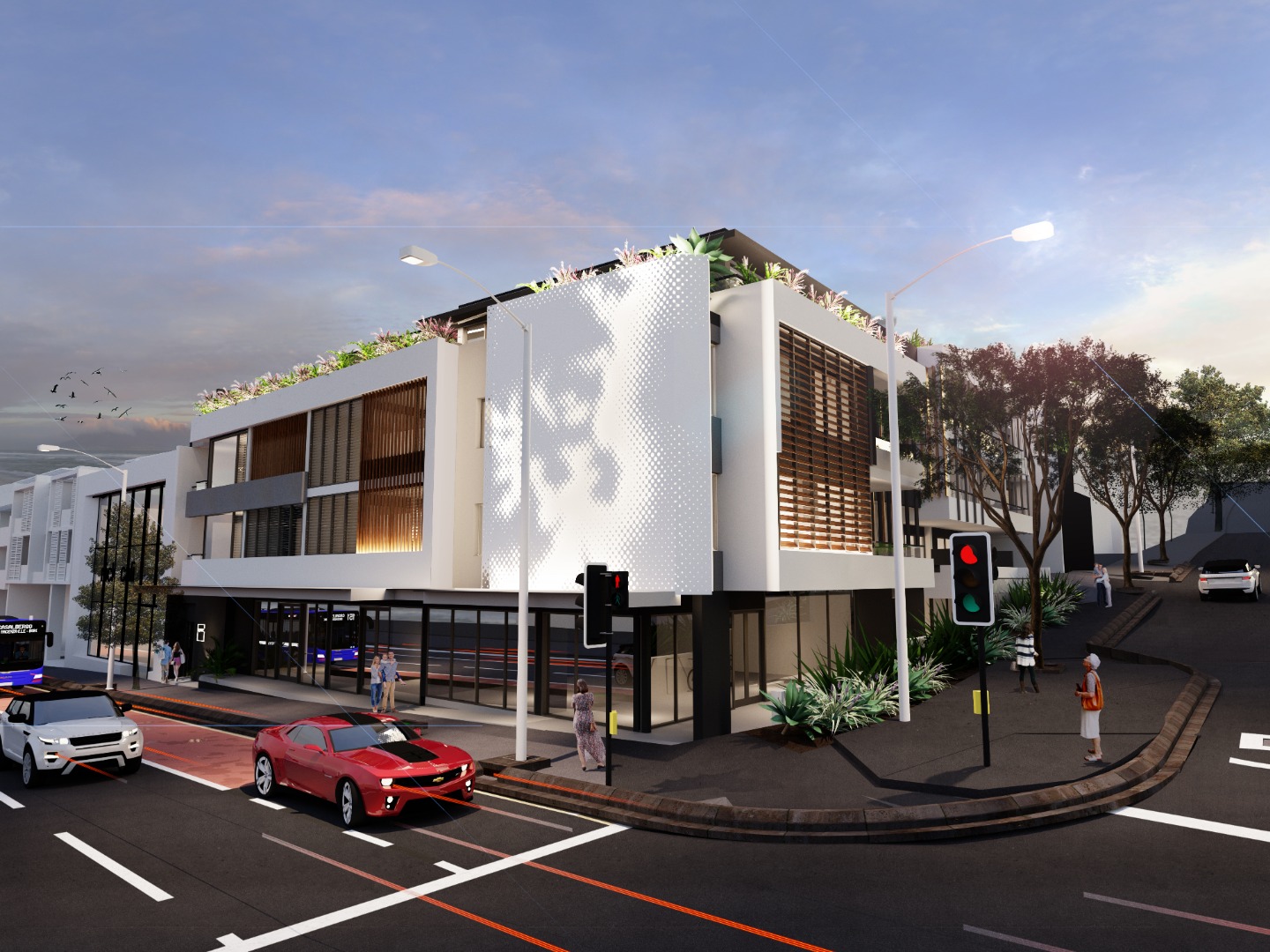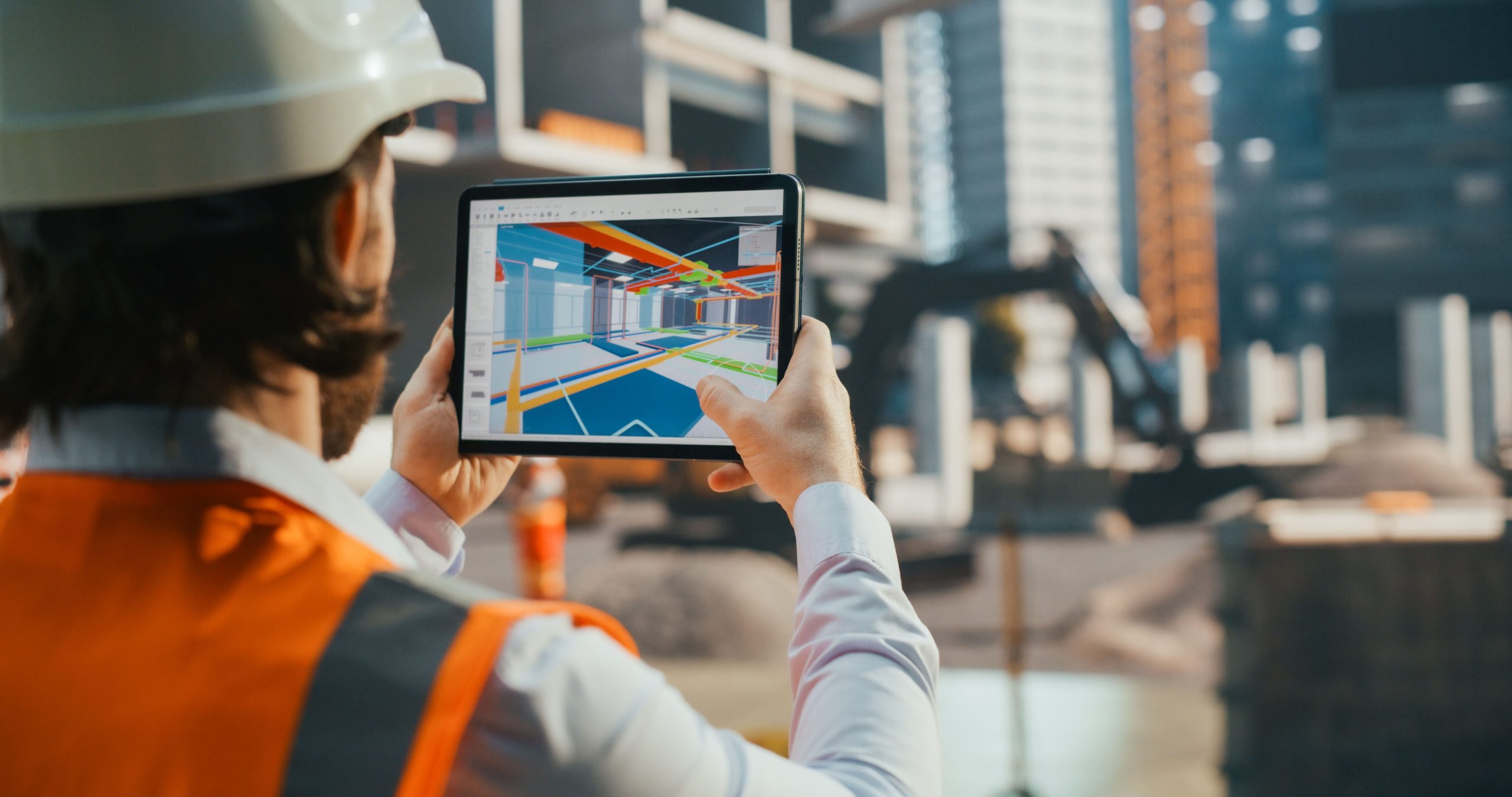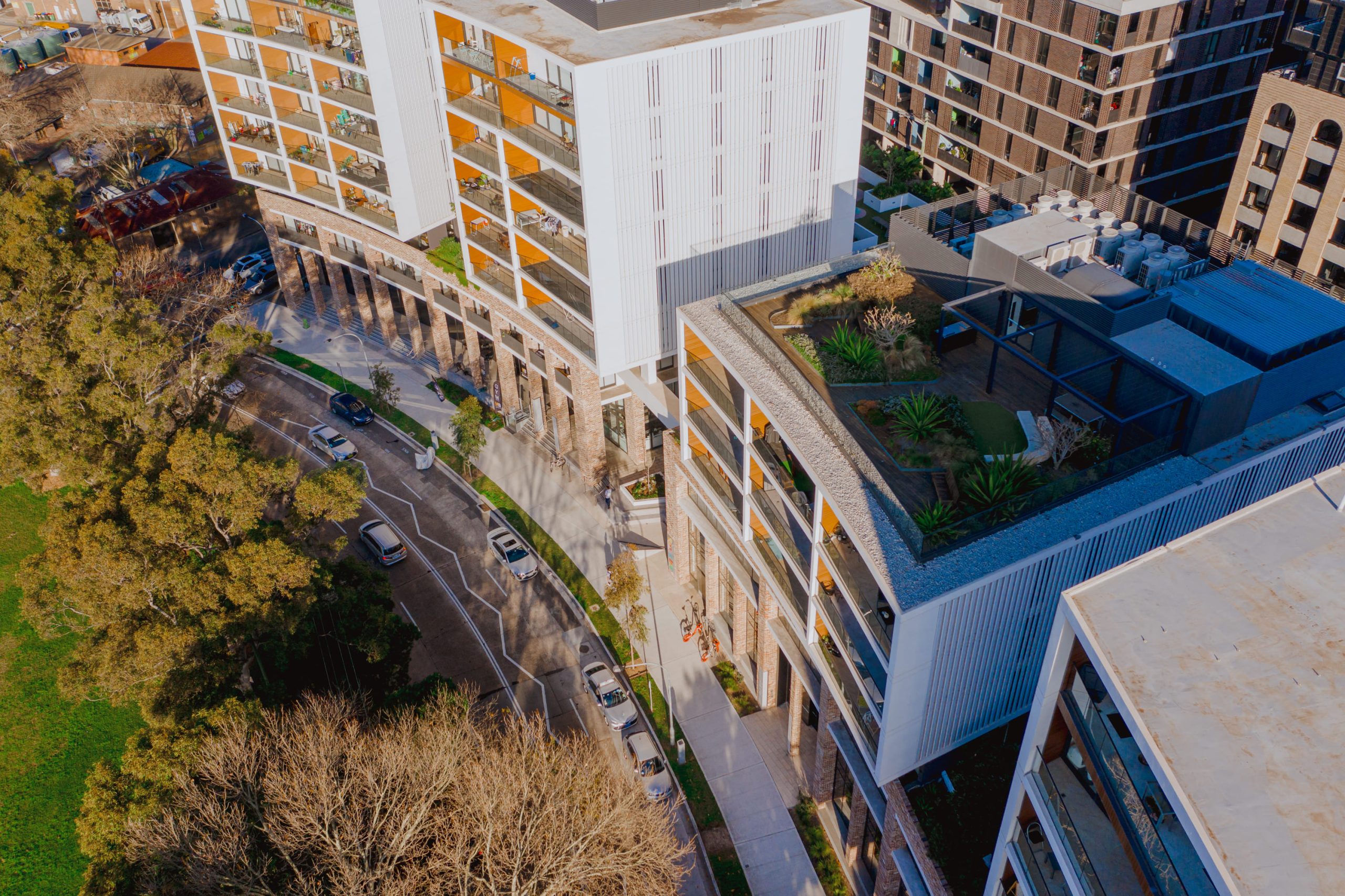
The Australian construction industry is undergoing a profound transformation, driven by advancements in technology that are reshaping every aspect of the building process. From design and planning to construction and project management, technology is revolutionising how buildings are conceived, executed, and maintained.
In recent years, the construction industry has witnessed a rise in the adoption of high-end technologies that are revolutionising traditional practices and processes. These technologies incorporate a wide range of tools, software, and hardware solutions designed to simplify operations, enhance efficiency, and improve outcomes in construction projects.
Building Information Modeling (BIM)
At the forefront of technological innovation in construction is Building Information Modeling (BIM), a unique approach that transcends traditional two-dimensional blueprints by creating a full digital representation of a building’s physical and functional characteristics. BIM stands as a leading factor in modern construction practices, offering a dynamic platform that creates a smooth collaboration and communication among stakeholders throughout the entire lifecycle of a project.
Architects, engineers, contractors, and other key players in the construction process leverage BIM to transcend the limitations of traditional paper-based plans and fragmented communication channels, uniting under a shared digital model that serves as the nexus of project information and decision-making.
Every aspect of a building’s design, construction, and operation is captured and integrated into a centralised database, providing a holistic view of the project from conception to completion. From the foundational structural elements to the details of mechanical, electrical, and plumbing (MEP) systems, BIM encapsulates the entirety of the built environment within a virtual framework that can be accessed, analysed, and modified in real-time.
This digital representation not only serves as a blueprint for construction but also as a dynamic repository of information that evolves alongside the project, reflecting changes, updates, and optimisations as they occur throughout the lifecycle.
One of the defining features of BIM is its ability to facilitate collaboration and coordination among project stakeholders, transcending the silos of traditional construction practices to create a unified approach to project delivery.
Through the creation of a shared digital model, architects, engineers, contractors, and subcontractors can collaborate more effectively, exchanging information, resolving conflicts, and optimising designs in a collaborative virtual environment. By breaking down communication barriers and promoting transparency, BIM empowers project teams to identify potential issues early in the design phase, mitigating risks, and optimising performance before construction begins.
Augmented Reality (AR) and Virtual Reality (VR)
Augmented Reality (AR) and Virtual Reality (VR) technologies stand as revolutionary tools reshaping the landscape of construction project planning, design, and execution. These technologies offer a new approach that transcends traditional methodologies, allowing stakeholders to engage with projects in unprecedented ways.
Through this smooth integration of digital information with the physical world or the creation of fully immersive virtual environments, AR and VR empower stakeholders to gain unparalleled insights into designs, explore spatial relationships, and experience buildings in ways previously unimaginable.
Augmented Reality (AR) represents a paradigm shift in how stakeholders interact with construction projects by overlaying digital information onto the physical environment in real-time. Through the use of AR-enabled devices such as smartphones, tablets, or wearable technology, users can visualise designs overlaid onto the actual construction site, gaining a deeper understanding of how proposed structures will integrate with existing surroundings. Architects, engineers, and contractors can leverage AR to assess site conditions, visualise proposed changes, and identify potential clashes or conflicts before construction begins, facilitating more informed decision-making and minimising costly errors or rework.
Virtual Reality (VR), on the other hand, offers a fully immersive experience that transports users into digital representations of construction projects, enabling them to explore and interact with designs in a virtual environment.
By donning VR headsets or accessing immersive displays, stakeholders can step inside virtual models of buildings, experiencing spaces from different perspectives and scales. Architects and designers can use VR to create virtual walkthroughs of proposed designs, allowing clients to experience the look and feel of spaces before construction begins.
Likewise, contractors can use VR to simulate construction sequences, identify logistical challenges, and optimise workflows, leading to more efficient project delivery.
Furthermore, AR and VR technologies facilitate collaboration and communication among project stakeholders by providing a common platform for visualising and discussing design concepts. Through shared AR experiences, stakeholders can annotate, mark-up, and collaborate on digital models in real-time, regardless of their physical location.
Similarly, VR environments enable remote teams to come together in virtual spaces, facilitating virtual design reviews, coordination meetings, and immersive presentations. By breaking down geographical barriers and adding real-time collaboration, AR and VR technologies enhance communication, improve decision-making, and accelerate project timelines.
Robotics and Automation
Robotics and automation are revolutionising construction sites by automating repetitive tasks, increasing precision, and reducing labour costs. Robots are being used for a wide range of construction activities, including bricklaying, concrete pouring, and site surveying.
These robots are equipped with advanced sensors, cameras, and AI algorithms that enable them to work autonomously, adapt to changing conditions, and collaborate with human workers. Automation is also transforming off-site construction processes, such as prefabrication and modular construction. Automated manufacturing facilities use robotics and AI-driven systems to fabricate building components with precision and efficiency, reducing waste and accelerating project timelines.
As automation technologies continue to evolve, they are expected to play an increasingly important role in the construction industry, enabling faster, safer, and more cost-effective construction methods.

Internet of Things (IoT) and Smart Buildings
The Internet of Things (IoT) is revolutionising the way buildings are designed, constructed, and operated. IoT devices, sensors, and systems are embedded throughout buildings to collect data, monitor performance, and optimise energy usage, comfort, and security. Smart buildings equipped with IoT technology are becoming increasingly common in Australia, offering occupants a more connected, efficient, and sustainable living or working environment.
IoT-enabled building management systems allow facility managers to remotely monitor and control building systems, such as HVAC, lighting, and security, in real-time, optimising energy usage, reducing costs, and improving occupant comfort.
Additionally, IoT sensors can detect and alert maintenance teams to potential issues, such as equipment failures or water leaks, before they escalate into costly repairs, enhancing the reliability and longevity of building systems.
Sustainable Construction Practices
Sustainability has emerged as a key focus in the Australian construction industry, driven by growing awareness of environmental issues and regulatory requirements for green building standards. Technology plays a critical role in advancing sustainable construction practices by enabling the design, construction, and operation of buildings that minimise environmental impact and maximise resource efficiency.
Innovations such as advanced materials, renewable energy systems, and energy-efficient building designs are being integrated into construction projects to reduce carbon emissions, conserve resources, and enhance resilience to climate change. Additionally, digital tools and software solutions, such as energy modelling software and life cycle assessment tools, enable designers and builders to assess the environmental performance of buildings and identify opportunities for improvement.
Challenges and Opportunities
While technology offers significant benefits to the construction industry, its widespread adoption also presents challenges and opportunities. One of the main challenges is the need for upskilling and training to ensure that workers have the necessary skills to operate and leverage new technologies effectively. Additionally, concerns about data security, privacy, and interoperability must be addressed to ensure the smooth integration of digital tools and systems.
However, the adoption of technology also presents opportunities for innovation, collaboration, and growth. By embracing digital transformation, construction companies can gain a competitive edge, improve project outcomes, and obtain new revenue streams. Moreover, technology has the potential to address pressing challenges facing the industry, such as labour shortages, safety risks, and productivity issues, by automating tasks, enhancing efficiency, and improving safety.
Technology is revolutionising the Australian construction industry, transforming the way buildings are designed, constructed, and operated. From BIM and AR/VR to robotics, IoT, and sustainable construction practices, technology is enabling faster, safer, and more sustainable construction methods, driving innovation and reshaping the future of the built environment.
As the industry continues to embrace digital transformation, construction companies and professionals must adapt to new technologies, acquire new skills, and seize opportunities to remain competitive in an increasingly digital world. By harnessing the power of technology, the Australian construction industry can overcome challenges, deliver better projects, and create a built environment that is smarter, greener, and more resilient for future generations.
Invest time in researching and selecting the best materials for your project to ensure a long-lasting, beautiful landscape that you can enjoy for years to come. Contact us now!
NEW PROJECT?





 1300 457 457
1300 457 457 info@civilandscape.com.au
info@civilandscape.com.au